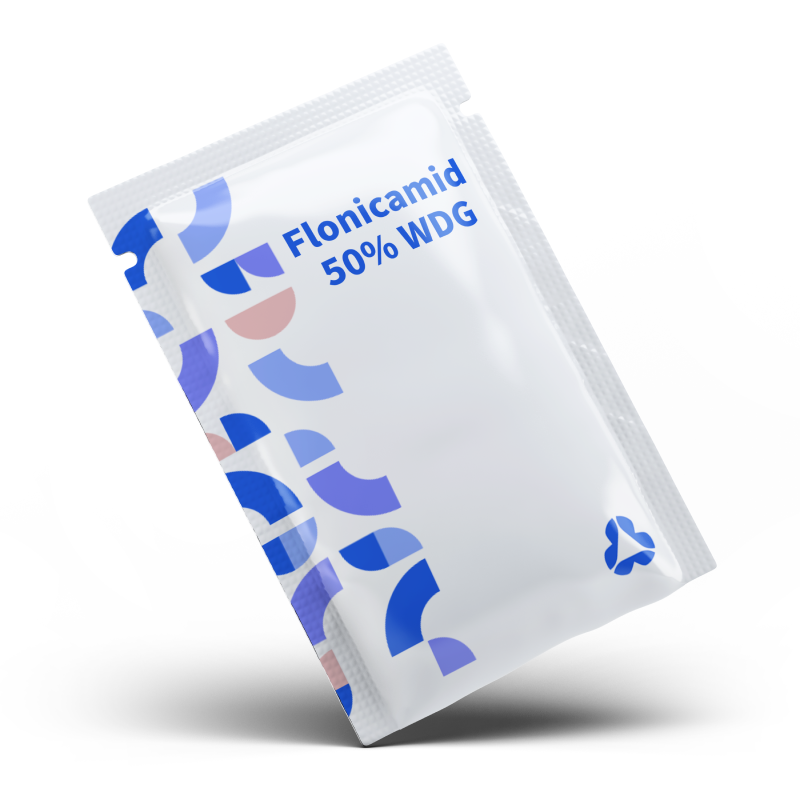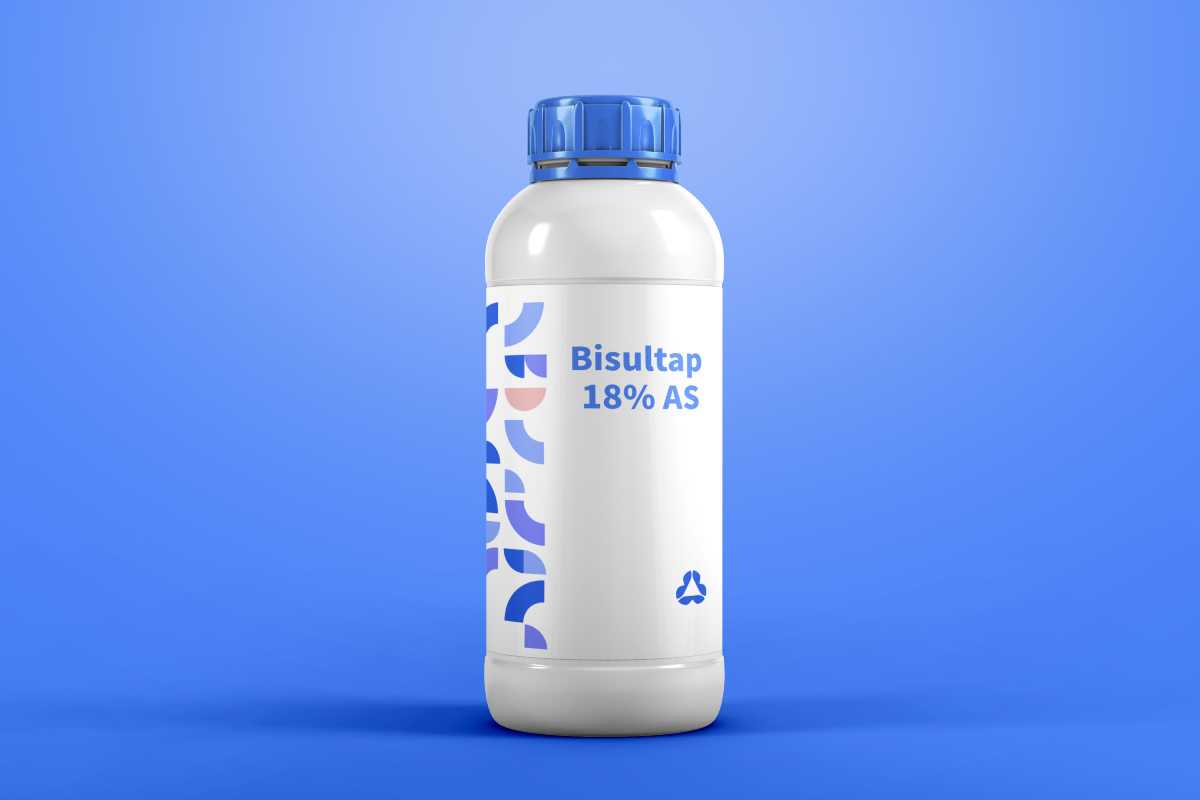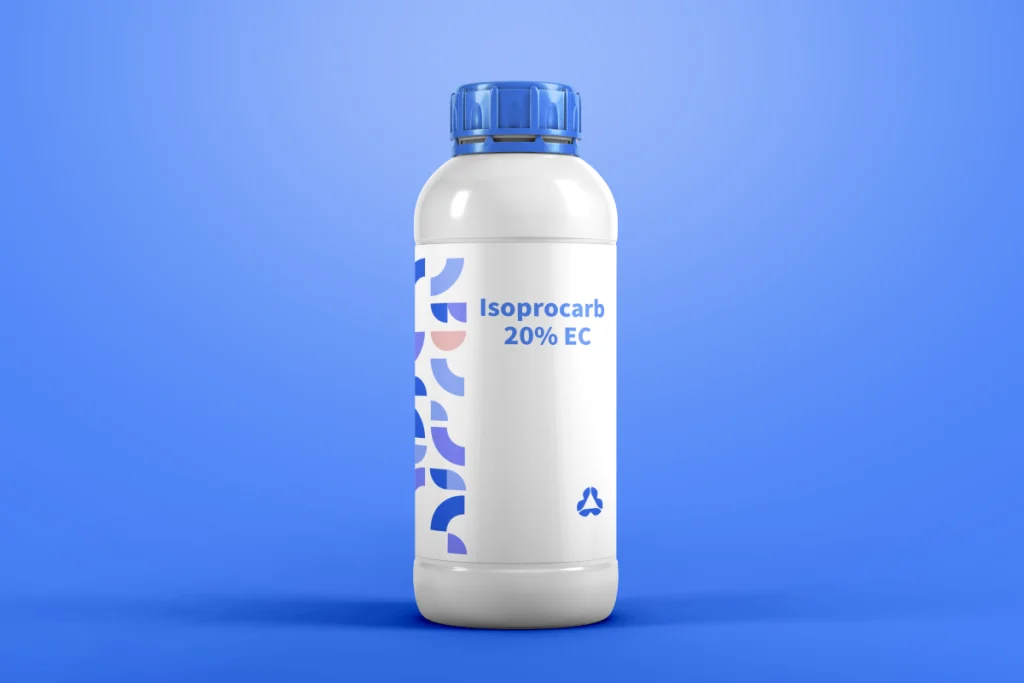Product Positioning: A low-toxicity, eco-friendly insecticide specifically engineered for integrated rice pest management, disrupting pest neural transmission via competitive nAChR inhibition. Ideal for sustainable agriculture and IPM systems.

Flonicamid 50% WDG Insecticide | Systemic Control for Piercing-Sucking Pests
Flonicamid 50% WDG (Water Dispersible Granule) is a next-generation systemic insecticide designed to target piercing-sucking pests with speed, precision, and environmental safety. Its unique mode




